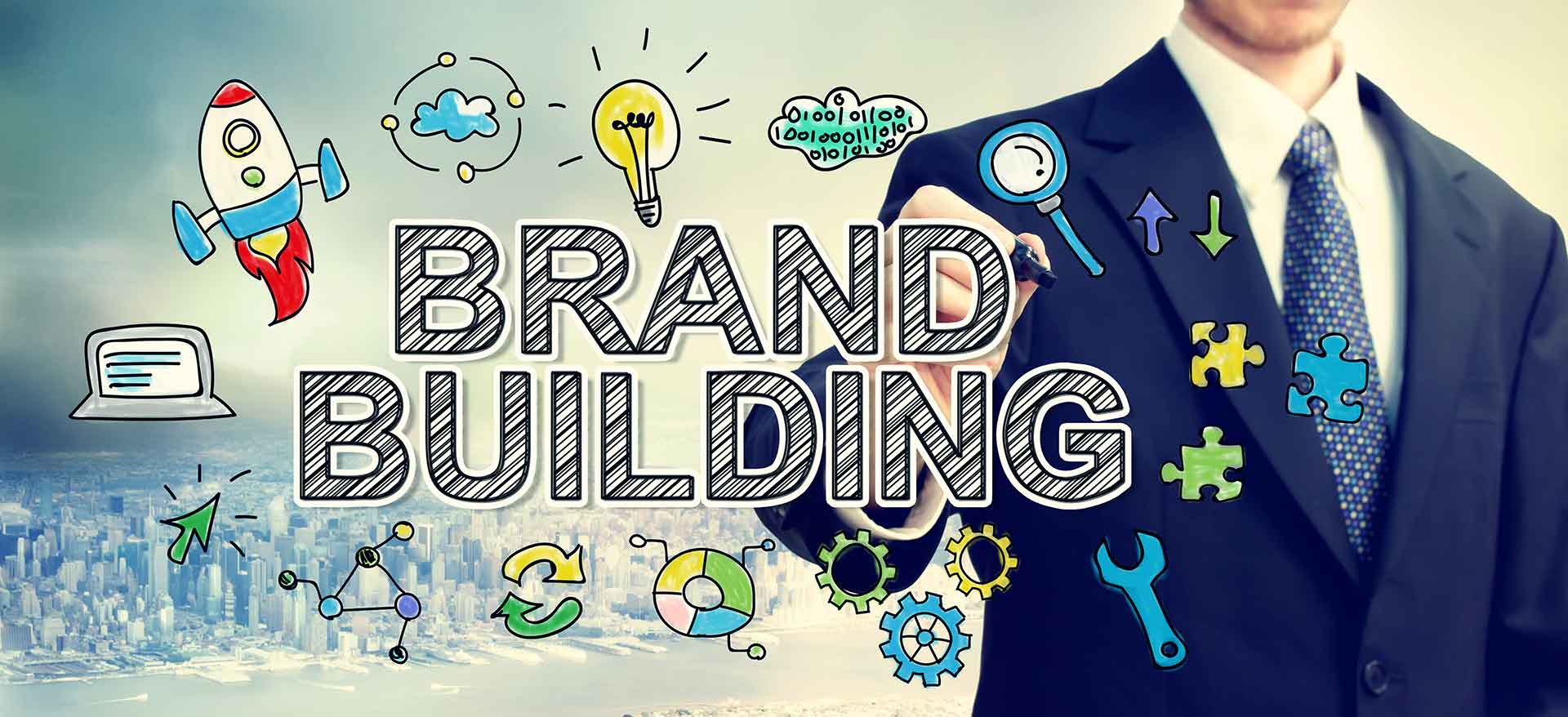Rebranding is a very serious topic because a true rebrand indicates major issues with the perception of your brand in the marketplace. Rebranding is often misunderstood and used to indicate a change to a logo, some marketing materials, and/or your website. That's not rebranding. That's an update to the visual presentation of your existing brand, and it's something you're supposed to do regularly to give your brand a fresh, modern look that fits well in the current marketplace.
If you're looking to update the look of your brand, try to avoid dramatic overnight changes and instead opt for small, iterative changes that occur regularly. The goal is to show that your brand is current and adaptable while not rendering it unrecognizable. I have to admit that we've done the exact opposite of what I just said in the recent past, and it's a good lesson in understanding your own specific circumstances to know when a larger change is necessary.
Years ago, shortly after selling my software business and coming back to join Searles Graphics full-time, I made the decision to change our logo. Years before that, a decision had been made to make a major logo change and deviate completely from what had been our logo for 20+ years. Not only that, but I honestly didn't like the version we were using, while the original logo had a lot of history and character to it. So I decided we were going to make a massive change and go with a modern take on our original logo.
For us, there were a number of factors that went into this decision. Me coming into the business was our first real foray into digital services like custom software development, web design, search engine optimization, and digital marketing. At the same time, we didn't want people to think we were abondoning the commercial printing and graphic design services we'd always been known for and that still make up a significant portion of our business today. By reverting back to our original logo, it allowed us to play up the fact that we weren't abandoning our core services and where we came from. At the same time, doing a modern take on the logo showed that we were innovating and evolving to adapt to changing market conditions and customer demands.
We announced the new logo with a brand new website that was also a major step forward from what we had previously. This was important for us because web design was about to become one of our core services, not just something we'd do for clients when we were asked. All of this together meant that the right move for us was to make a number of major updates, all at once, and promote them all in a big way to gain some attention for the new services we were adding.
All that being said, I still don't consider what we did a rebrand because, while we added a few new services, we're still known for the same core principles we've been known for since day one: A high-quality product designed to help you manage and grow your business, at a good price with unbeatable service.
A rebrand, however, is indicative of a much larger issue and a much more significant change. If you're thinking about a rebrand, it's important to first ask yourself why. If there's a problem with a product or service you offer, the first thing you need to do is fix the problem before you worry about your public image. Once you've solved the core problem, then it's time to assess the amount of damage that was done and decide if your existing brand can be repaired, or if you want or need to perform a complete overhaul to show that you've addressed the issue and are making the serious changes necessary to serve your customers better.
The two options above represent two very different approaches. The former says "we know we messed up and we're the type of company that will be here to make it right." The latter says "we know we messed up BIG TIME and have made the serious changes to our entire organization that were necessary to root out the cause of the problem and provide you with the quality you deserved in the first place."
In other words, the first option not to rebrand says A LOT. It says your company has always stood for quality and service, you've proven that to your customers and to the public in the past, you're taking responsibility for what happened this time just like you always have, and you're making it better the same way you always will. The second option says that what you stood for in the past wasn't good enough, that the problem was systemic, and you're emerging from the process as a completely different organization that will act more like the first company in the future.
That last statement is really the most important thing to remember when deciding whether or not to rebrand. If your organization is changing so much that it will be almost unrecognizable when you emerge from the change, then a rebrand is the way to go. That applies even if the change isn't happening because of a problem but simply because you've had to pivot or grow to meet customer demands. A great historical example is the 1924 name change of the Computing-Tabulating-Recording Company to International Business Machines (IBM); a change which embodied the massive growth and expansion the organization had undergone since it's initial creation.
On the other hand, if you're simply making positive changes to the organization to serve your customers better, then you're better off using that as a way to cement your brand as one that consisitently does what it needs to do to offer the highest quality product and service to your customers, rather than try to change it and build a new one.

